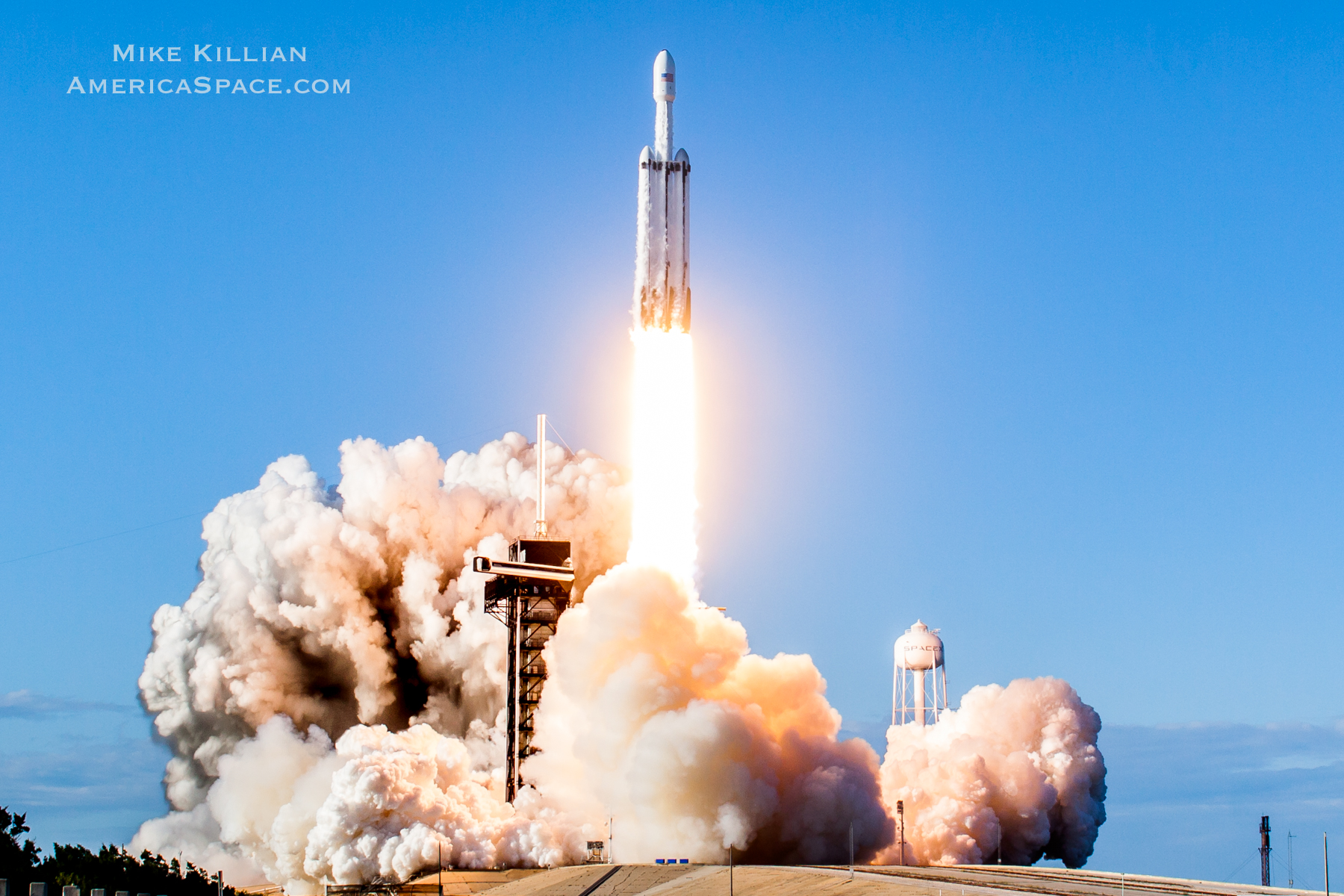
SpaceX put on another spectacular show April 11 with the second launch of their triple-barreled Falcon Heavy rocket, delivering the heavy-lift vehicle’s first paying customer to space with the Arabsat-6A satellite.
As always, our imagery team set out with a fleet of cameras to capture as many angles as we could. Featured here is some of our photo & video coverage.
By all accounts the mission was flawless, and with SpaceX landing all 3 boosters this time things went about as good as they could have possibly hoped (they even recovered the fairings to reuse on a future Starlink mission).
The rocket boasted three uprated shiny new Block 5 cores (the center core being modified for the unique stresses of its responsibility), achieving a 10-percent increase in thrust (over 5 million pounds) over the February 2018 test flight.
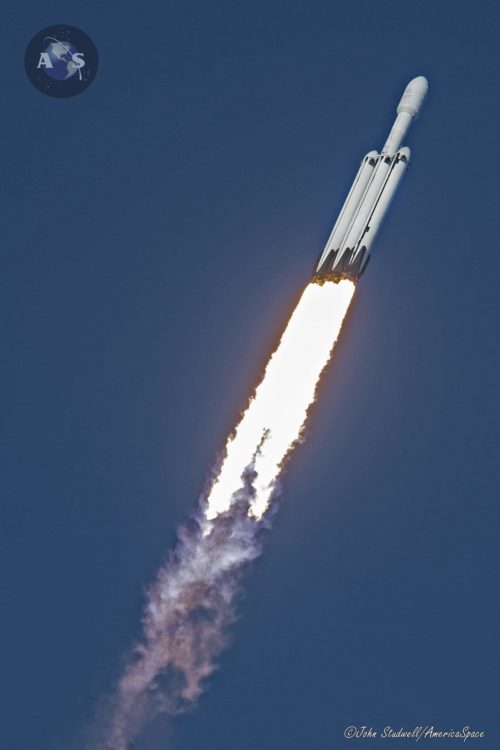
A minute into ascent, the stack passed “Max Q”, the period of maximum aerodynamic turbulence on its flight surfaces. The side boosters shut down not long after, as planned, at 2.5 minutes and separated, commencing an intricate “boost-back” sequence which saw them alight smoothly and in tandem on LZ-1 and 2 at the Cape, only seven minutes and 50 seconds after liftoff.
Both boosters returned with spectacularly loud sonic booms as well, much moreso than the prior Falcon Heavy, as atmospheric conditions play a big role on how loud rockets are from a given viewing area.
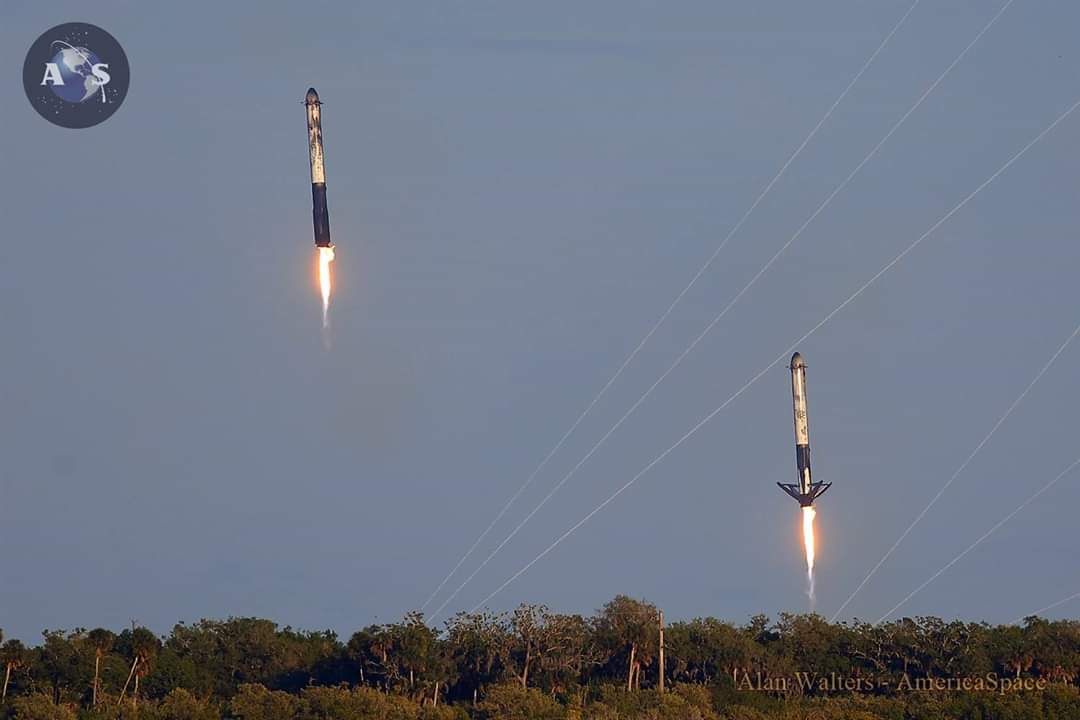
Meanwhile, the central core continued to burn for another minute, before it too shut down and separated to begin its much faster, higher-energy descent towards the Autonomous Spaceport Drone Ship (ASDS)—dubbed “Of Course I Still Love You”—positioned about 600 miles (960 km) offshore.
And while the central core nailed its landing, there were problems encountered when trying to bring the rocket back to Florida, so it won’t be returning anymore.

“As conditions worsened with 8-10 foot swells, the booster began to shift and ultimately was unable to remain upright,” said the company in a statement this afternoon. “While we had hoped to bring the booster back intact, the safety of our team always takes precedence. We do not expect future missions to be impacted.”
The side boosters are expected to be reused on the next Falcon Heavy too, which is tasked with launching the Space Test Program-2 (STP-2) mission to orbit for the U.S. Air Force and currently tracking towards a “no-earlier-than” (NET) launch of June 19.
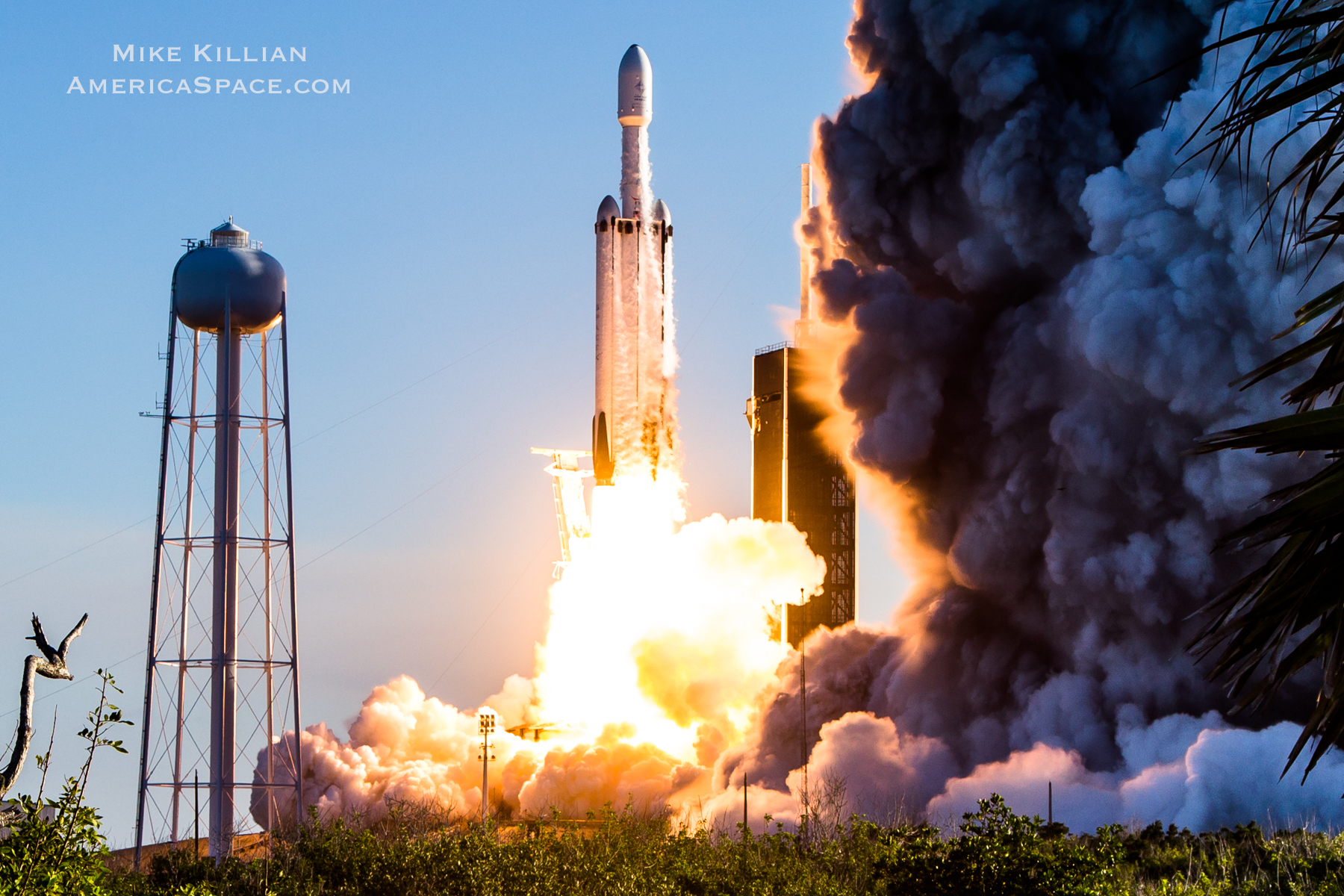
Other payload including some for NASA will be onboard as well.
That date however is pending analysis of the boosters by SpaceX to determine reusability, according to a tweet by USAF this afternoon.
While that works proceeds, workers on the Cape are gearing up for their next mission, which will launch a Cargo Dragon on the NASA CRS-17 mission to the International Space Station as soon as April 26 at 5:55am Eastern time; should make for a stunning scene in morning twilight for Florida’s Space Coast.
.
Below imagery credit to their respective photographers
.
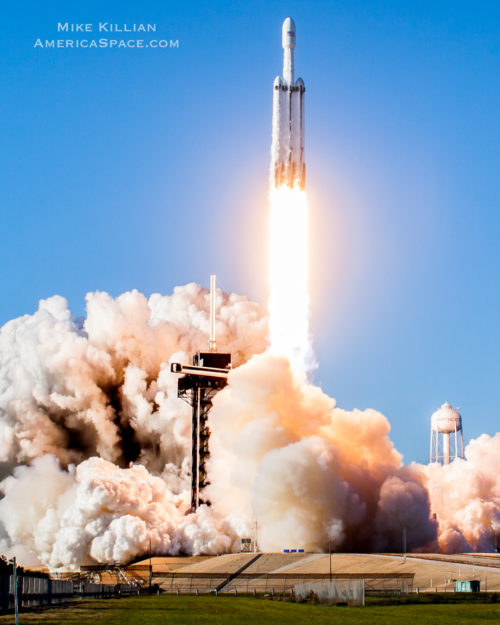
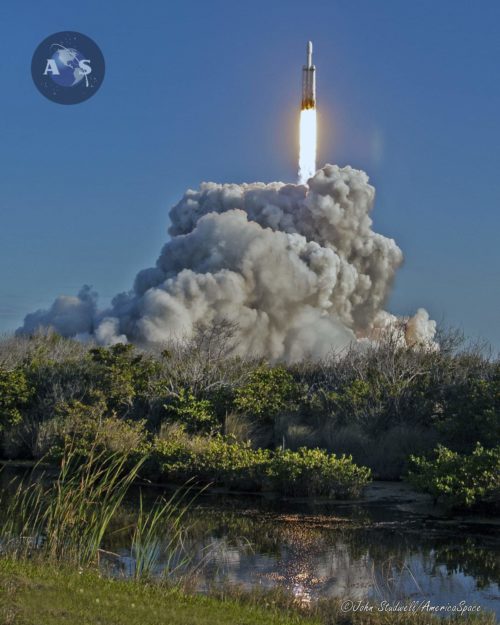
.
.
FOLLOW AmericaSpace on Facebook and Twitter!
.
.




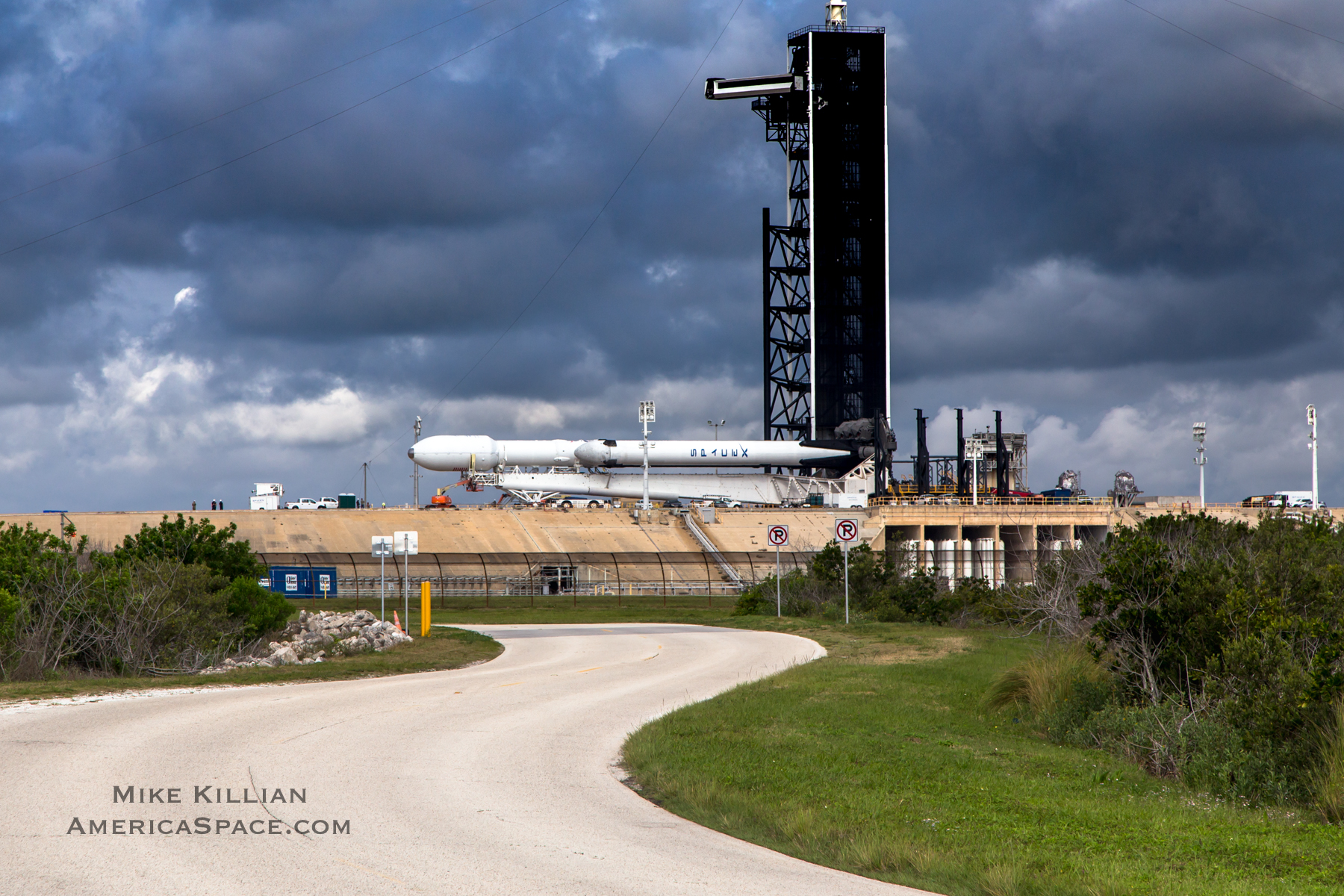
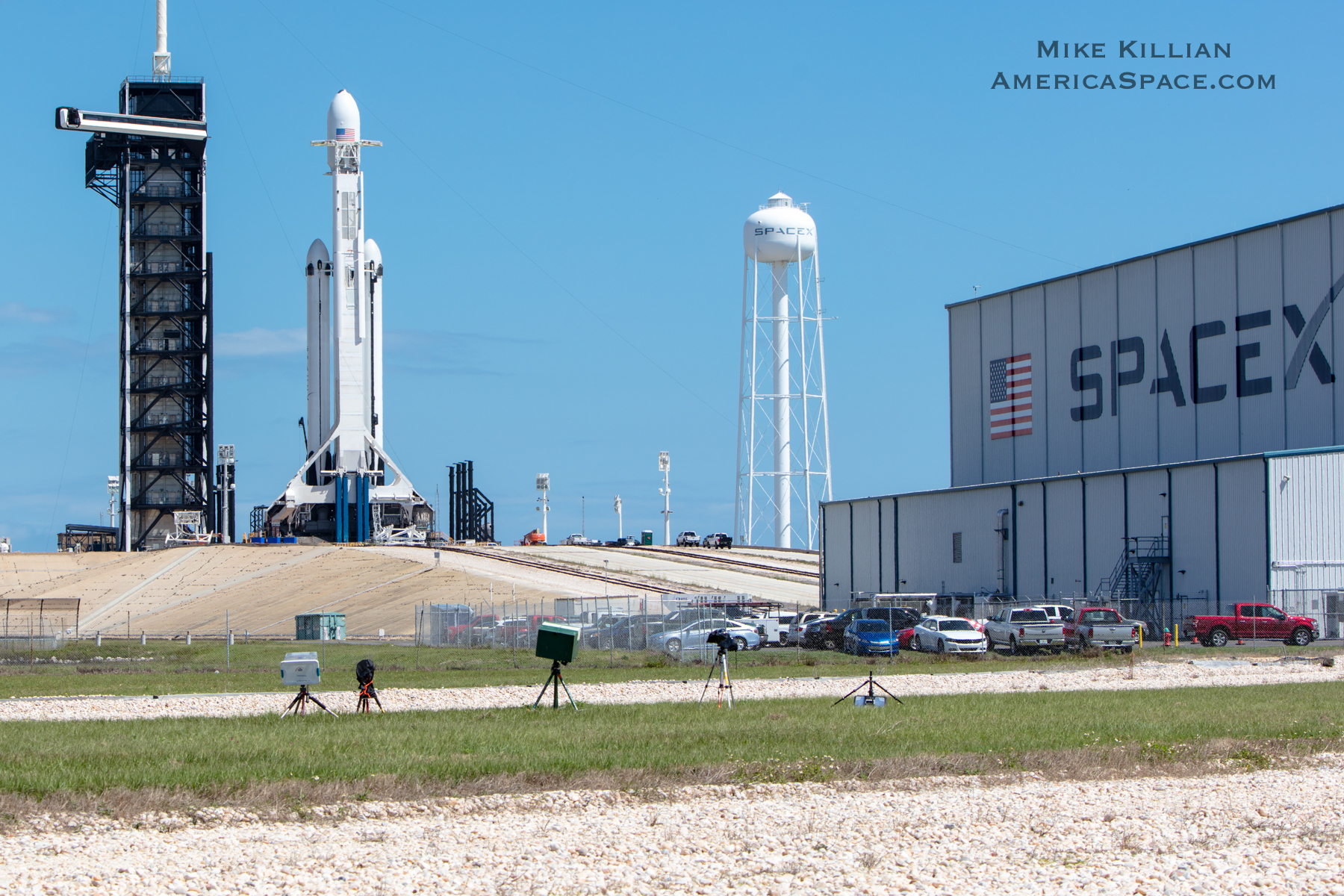

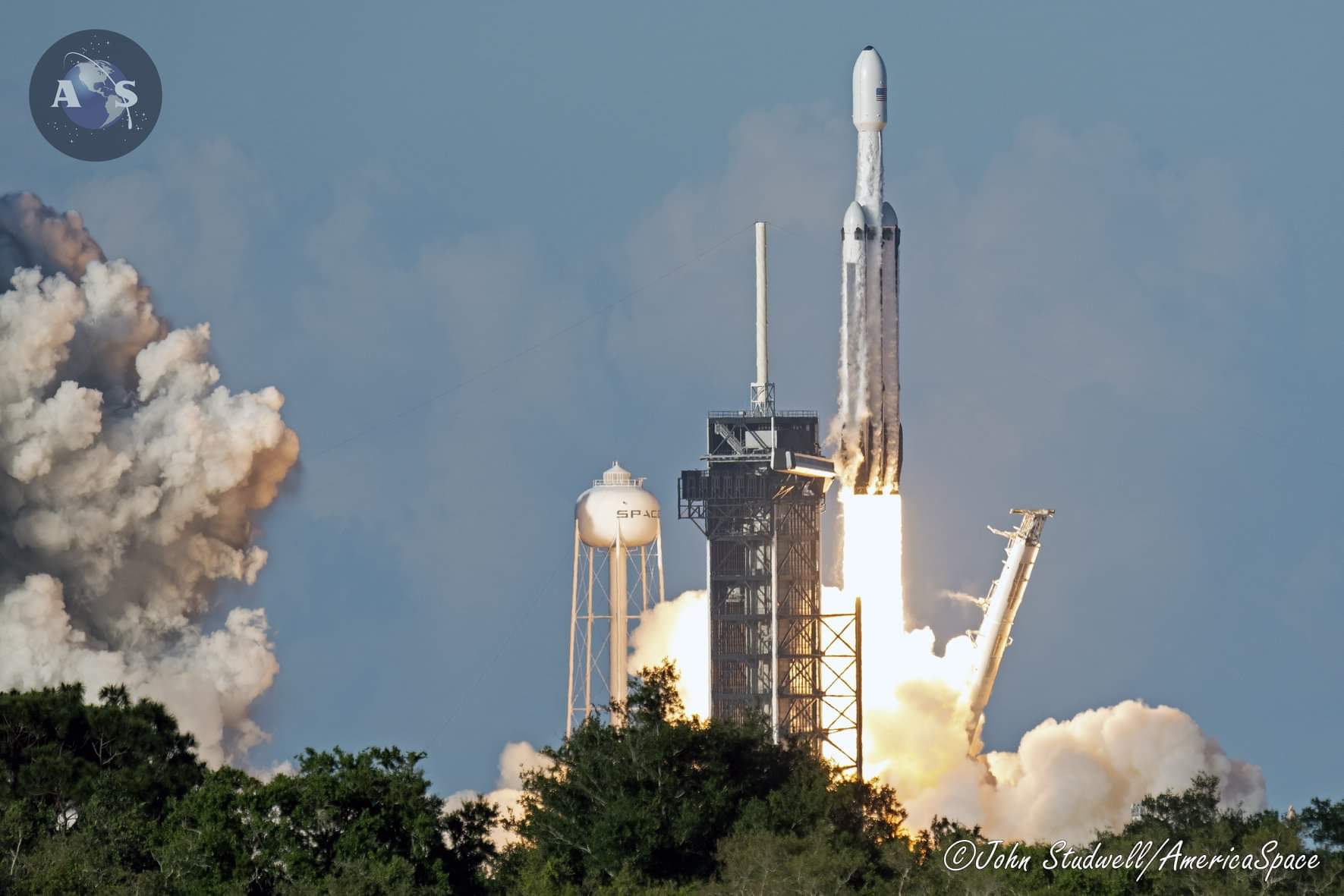
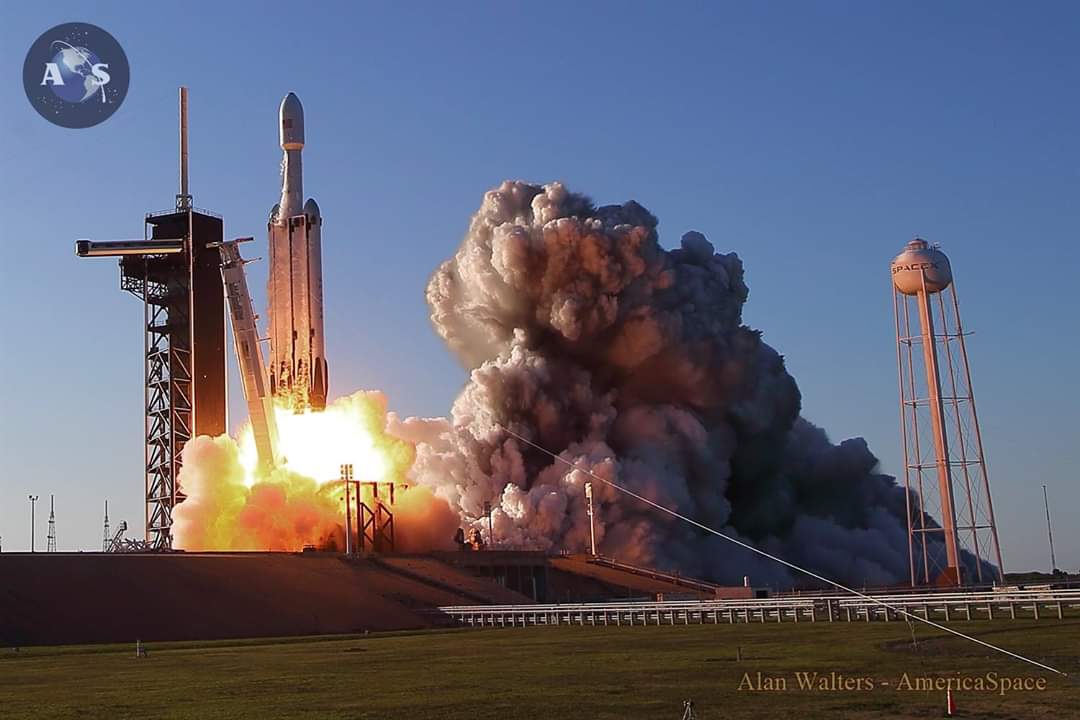
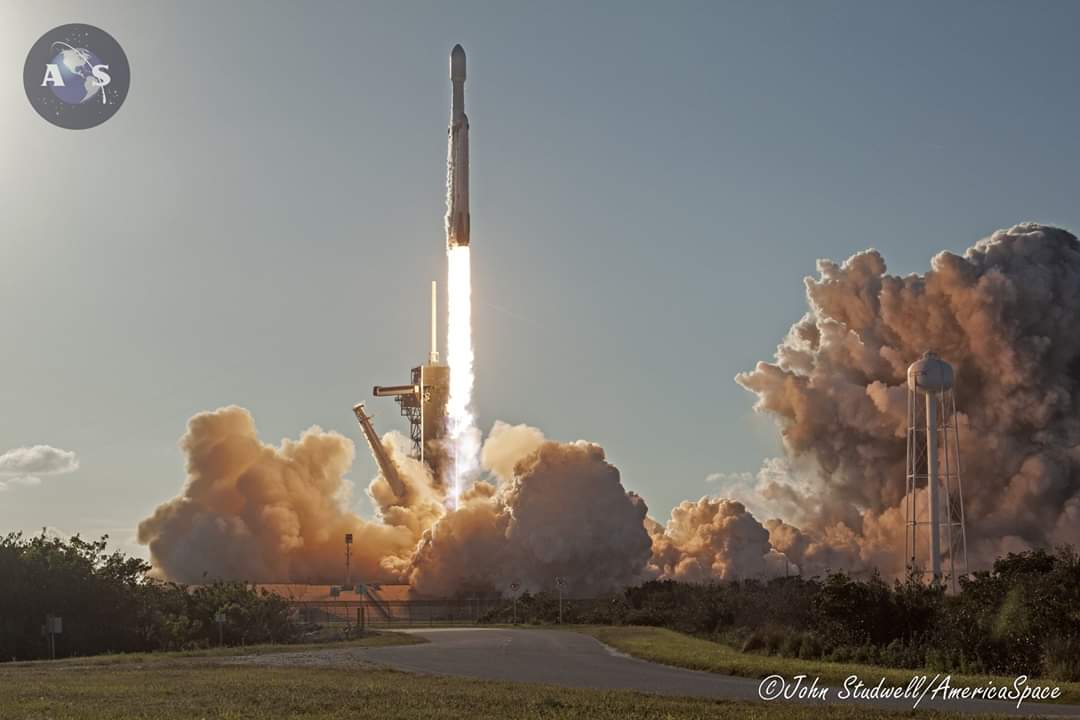
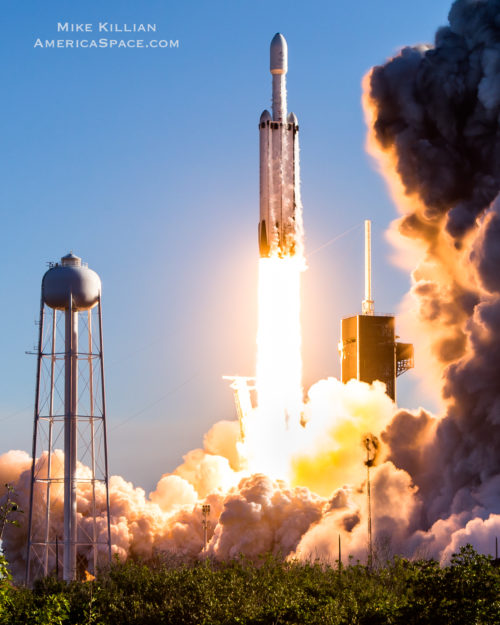
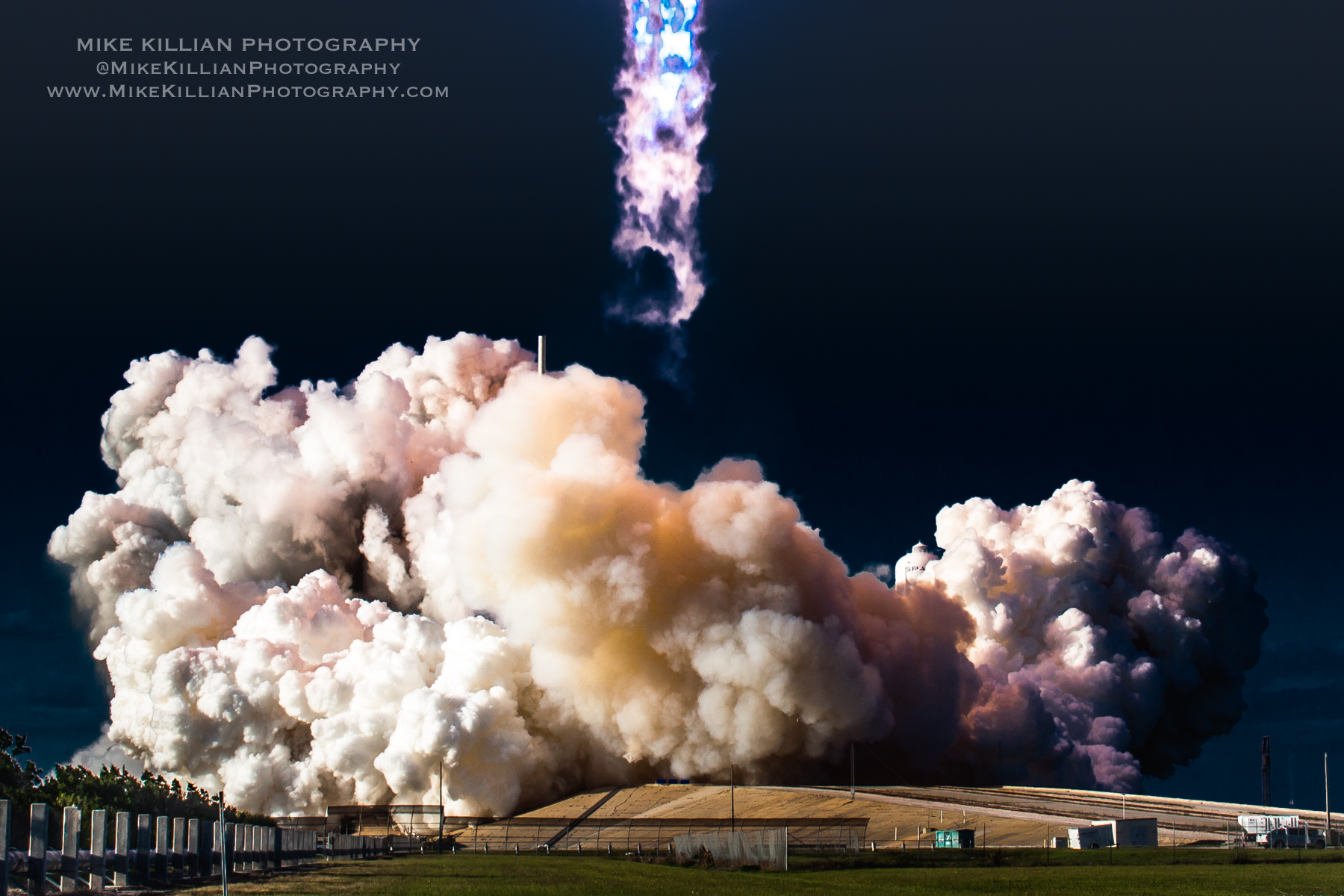
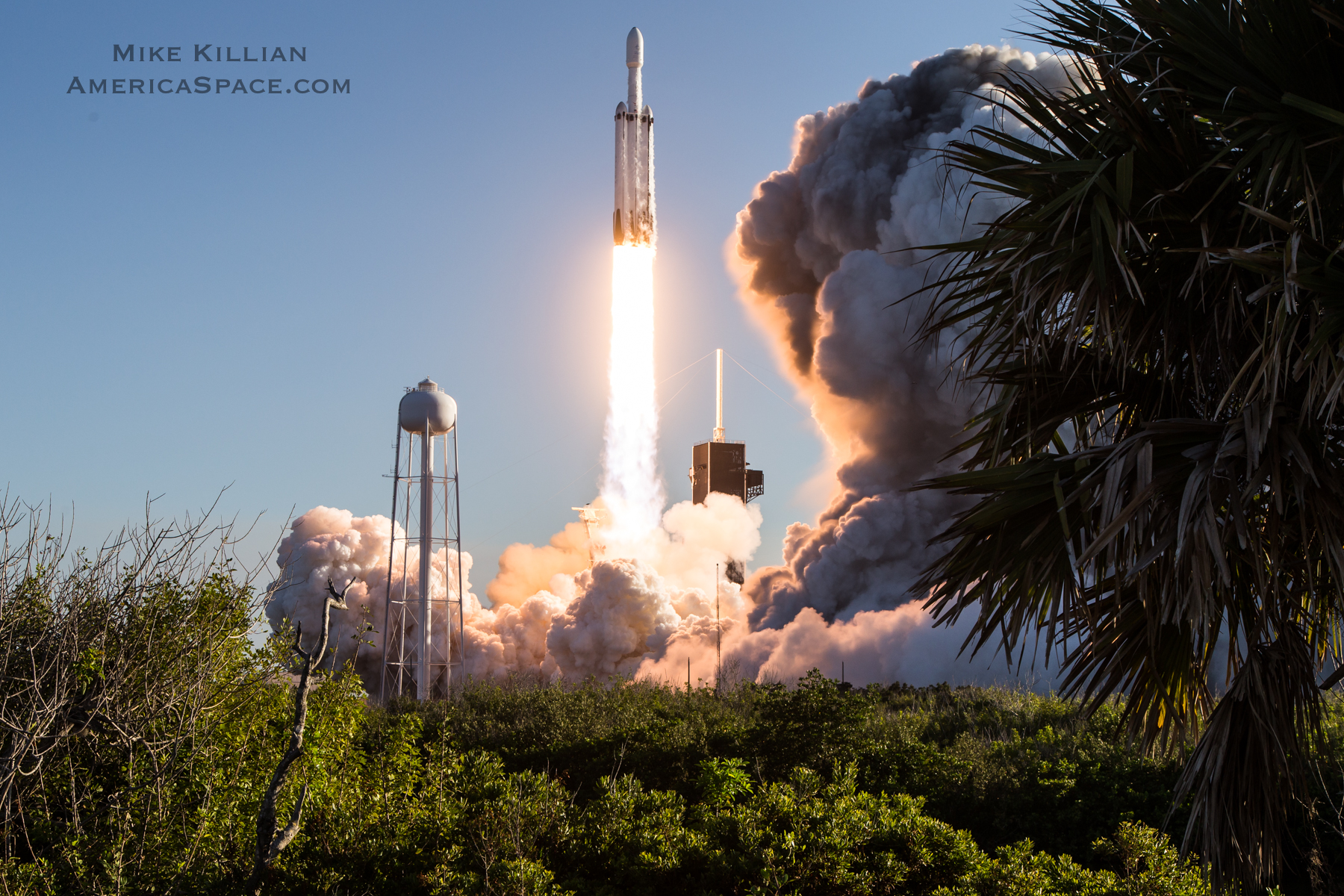
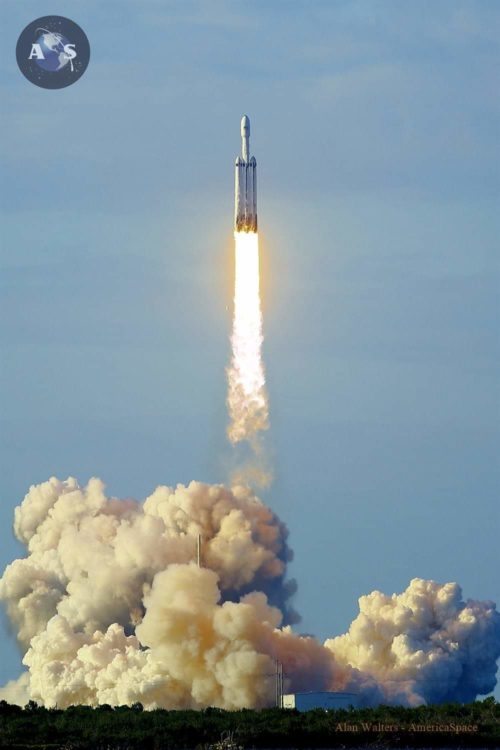
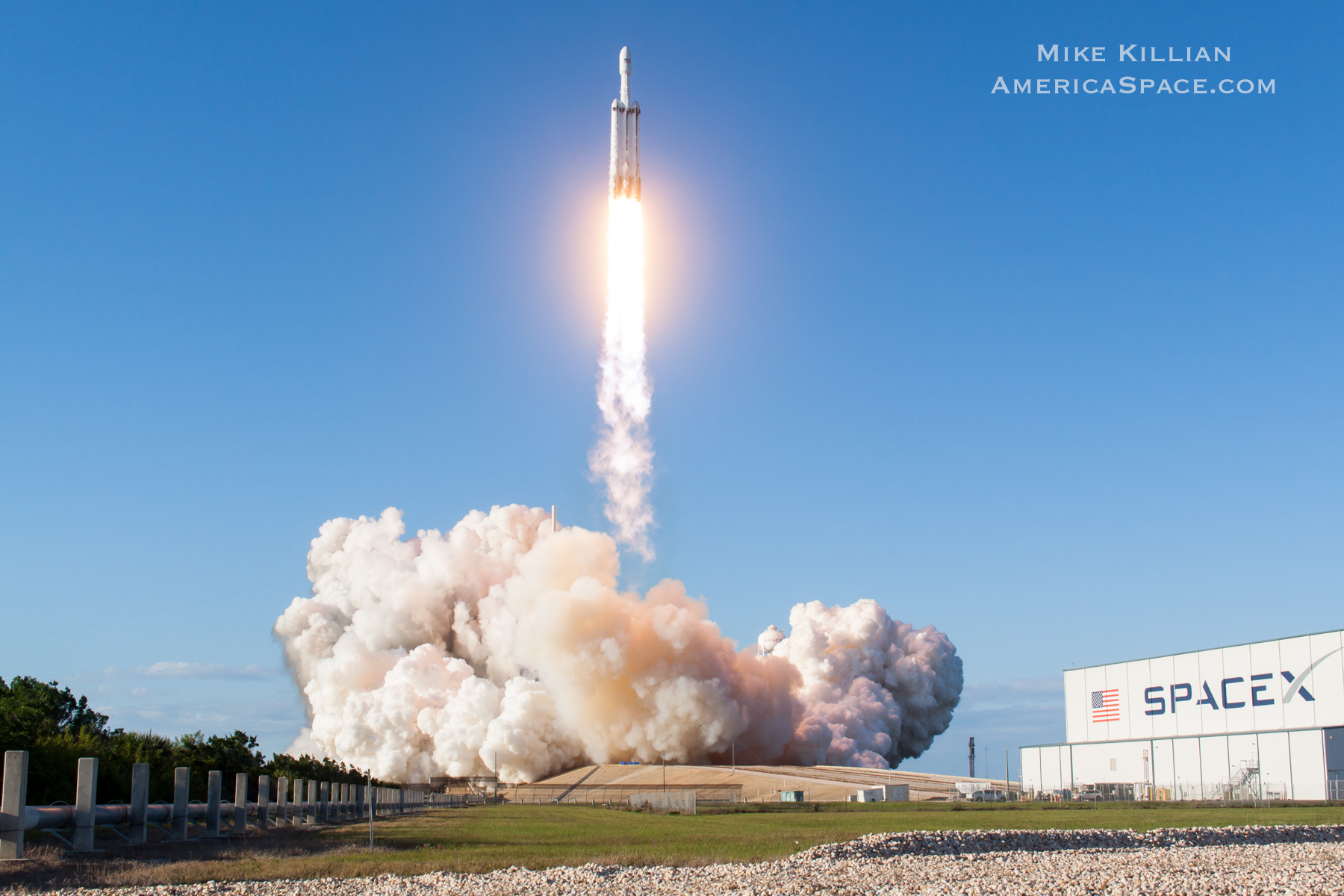

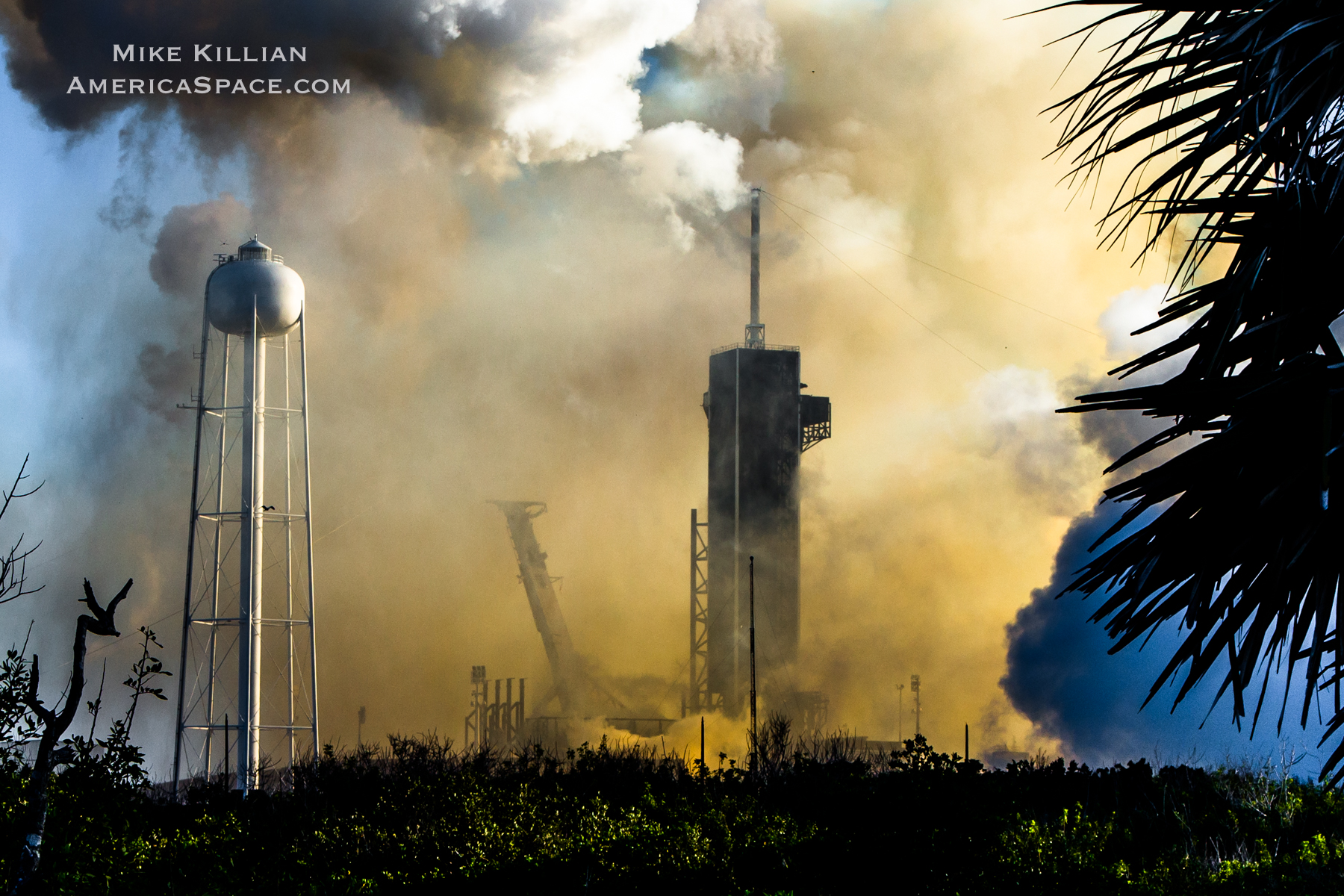
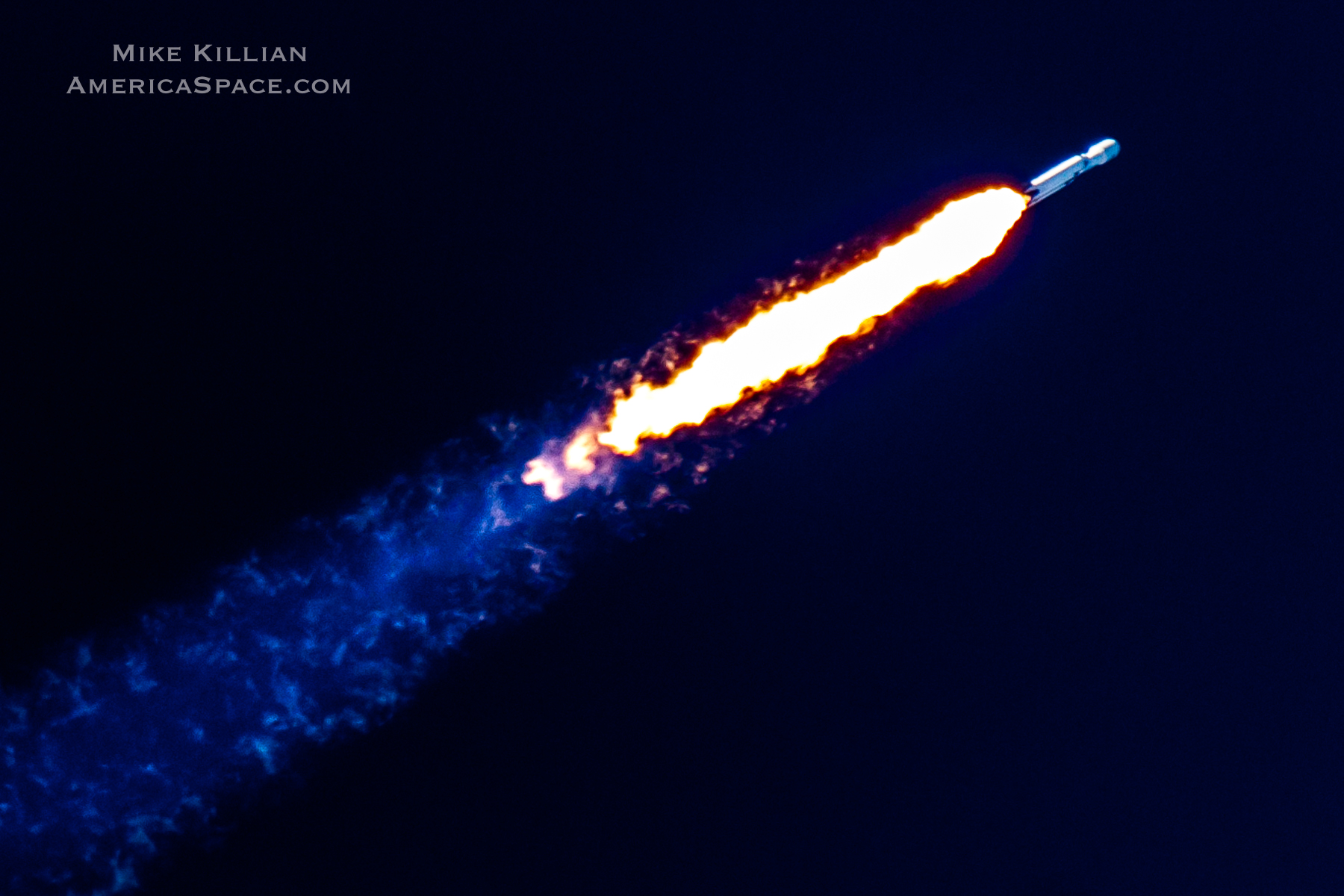
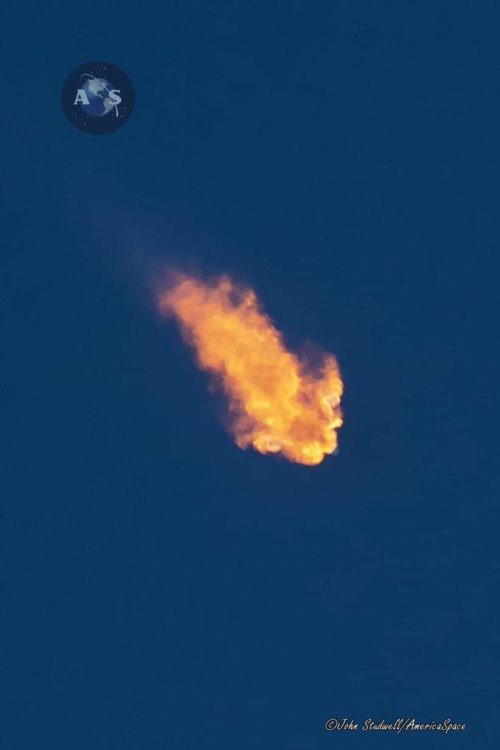
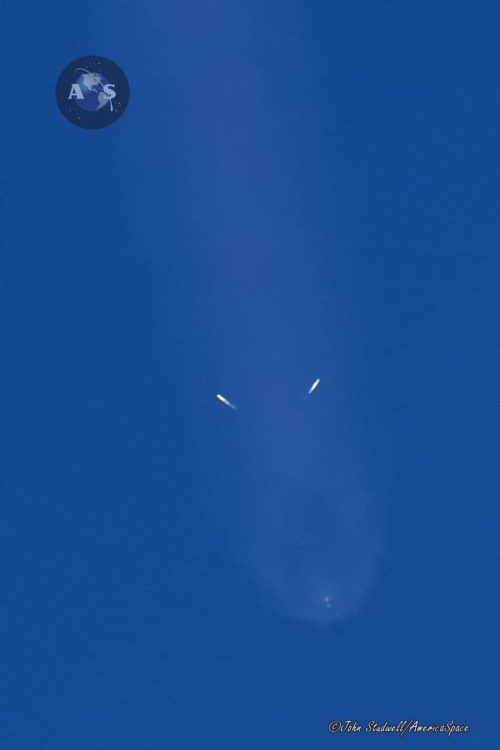
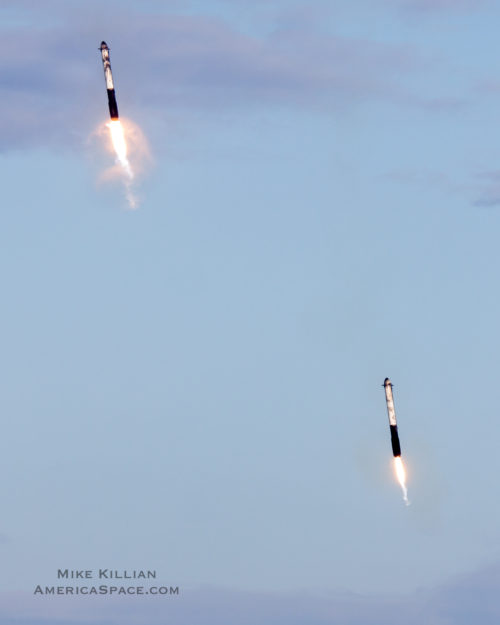
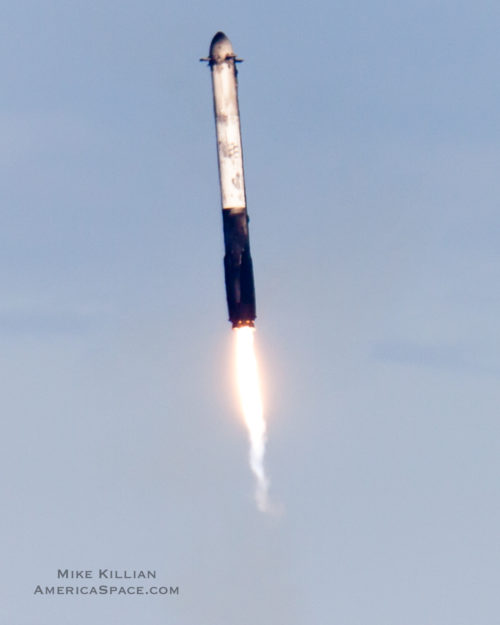

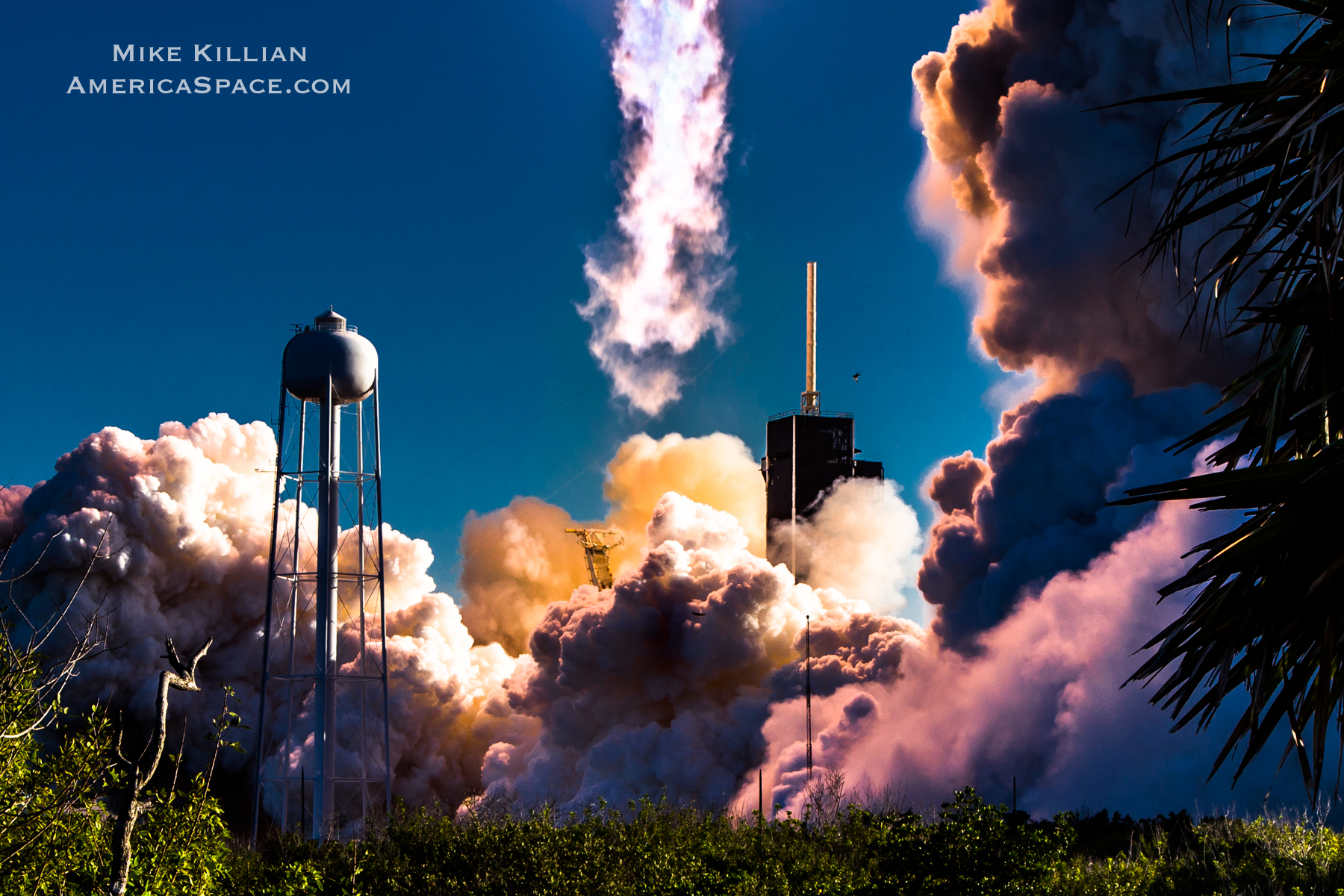

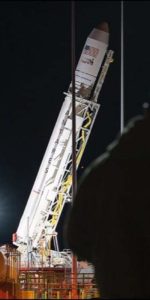
I noticed the dark area at the base of the side boosters that extend almost halfway up each booster. That area is not dark at launch. The dividing line beteewn the lower dark and upper white areas is quite sharp so I’m not convinced this is from re-entry of flame heating.
Can anyone explain this?
It’s still incredible to think that those things are the height of medium sized buildings and are falling that ridiculously fast and just slamming on the brakes at the last possible second. It’s just so freaking cool. This will never get old.